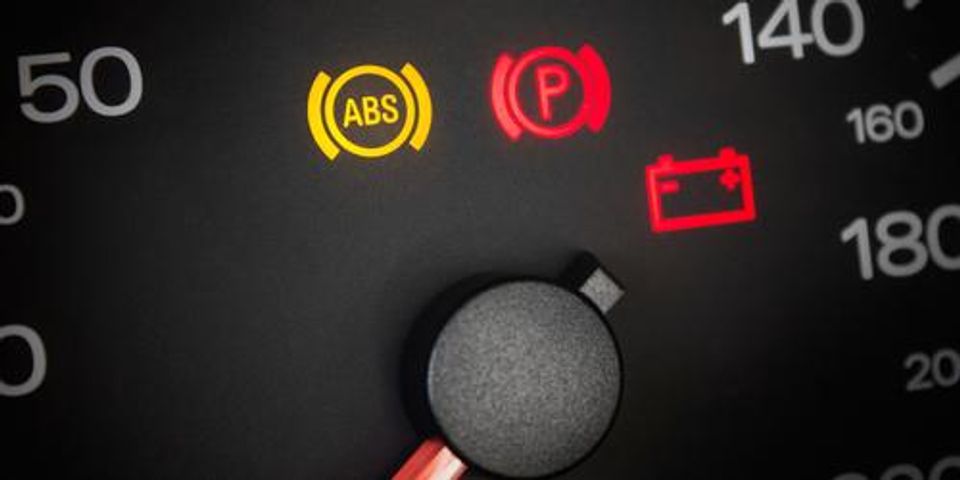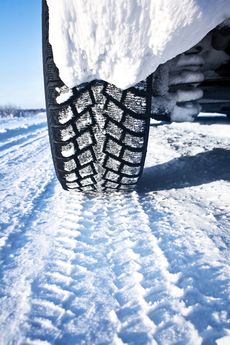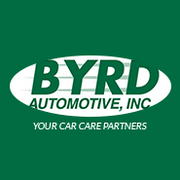Conventional Brakes vs. ABS: What’s the Difference?

For decades, drivers were taught how to handle cars with conventional brakes to avoid sliding and losing control in wet or icy conditions. Anti-lock braking systems (ABS) have made those previously taught techniques unnecessary, but that has left many drivers confused about how to handle a vehicle with ABS. Below you’ll find the differences between the two and the best way to use each type on wet and icy roads.
Conventional Brakes
Before the 1970s, all vehicles were equipped with standard brakes. Depressing the foot pedal applies pressure from the brake pads to the discs, squeezing them and slowing the car. Although effective in normal road conditions, they often resulted in a loss of control when roads were wet or covered in snow or ice.
 To compensate for this and avoid serious accidents, drivers were taught to pump the brakes. Doing so allows the driver to maintain control of the front wheels when roads are slick and avoid skidding as a result of all four wheels locking up.
To compensate for this and avoid serious accidents, drivers were taught to pump the brakes. Doing so allows the driver to maintain control of the front wheels when roads are slick and avoid skidding as a result of all four wheels locking up.
Anti-Lock Braking Systems
Anti-lock braking systems were introduced in the 1970s and 80s but were primarily found on luxury vehicles. Most cars made in the 2000s came equipped with ABS, and by 2012, it was a standard feature on all passenger cars.
Rather than pumping the brakes, with ABS, you depress the pedal, and the system does the pulsing. It applies pressure to each wheel individually and can sense when one is about to slide and lose control. If you aren’t expecting it, the activation of your ABS may startle you, as the brake pedal will pulse and you’ll hear a grinding sound. This is normal, however, and it’s much safer and more efficient than pumping the brakes in an older vehicle.
Whether you have conventional brakes or ABS, it’s important to get regular service to ensure you can always stop on a dime if needed. The experienced mechanics at Byrd Automotive provide quality auto repair services at their shop in The Woodlands, TX. Whether you need new brake pads, engine repair, or new tires, they’ll get you back on the road in no time. Visit them online to learn more about the services they offer, or call (281) 363-0667 to speak with a mechanic about your vehicle.
About the Business
Have a question? Ask the experts!
Send your question

